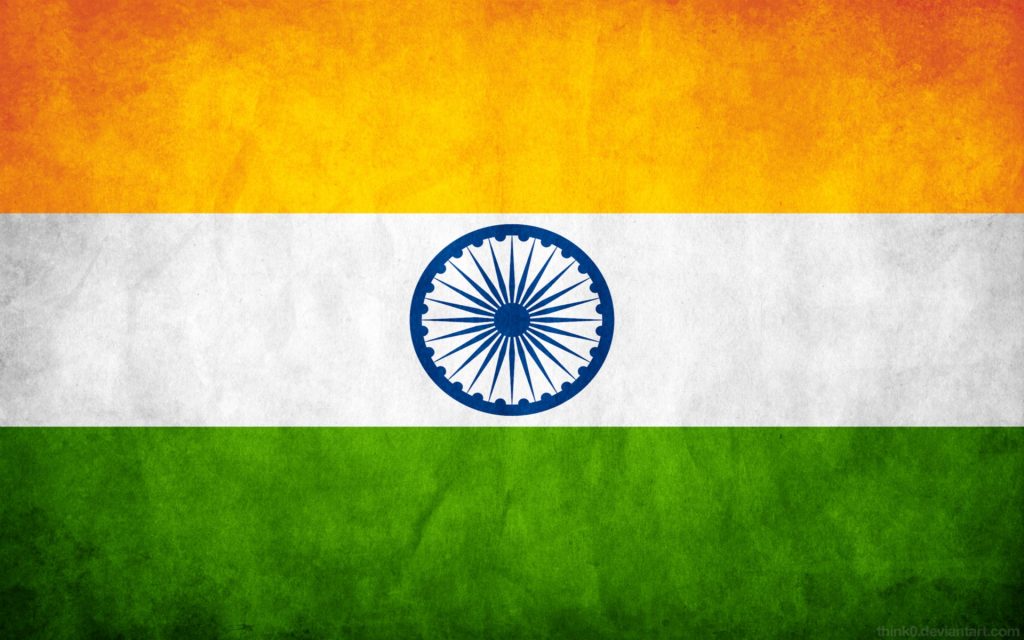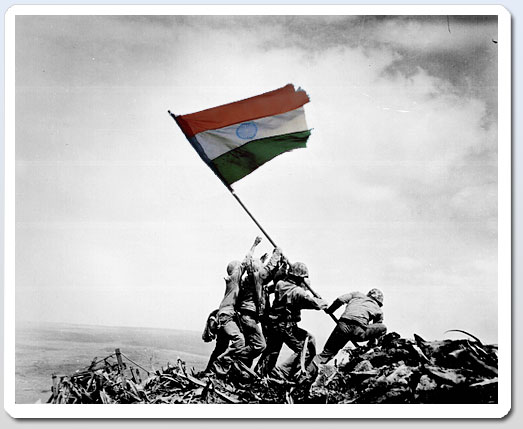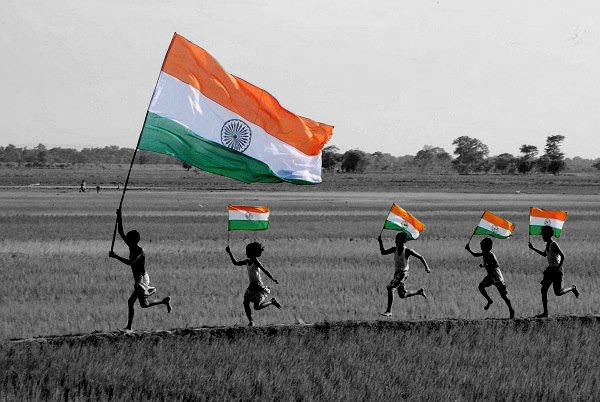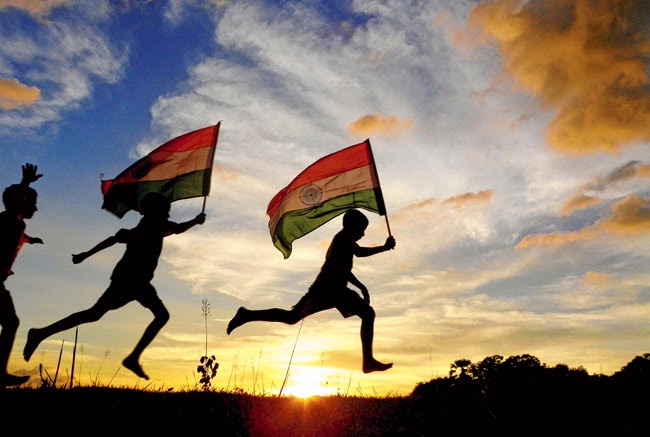Armed Forces Flag Day – 12 Facts About Indian Flag You Should Know: The Armed Forces Flag Day or the Flag Day of India is a day dedicated to India towards collection of funds from people of India for the welfare of the Indian Armed Forces personnel. It has been observed annually in India on December 7 since the year 1949. Over the years, it has become a tradition to commemorate this day as an honor to the soldiers, airmen and sailors of India.

As India attained independence, a need arose for the government to manage the welfare of its defence personnel. On August 28, 1949, a committee set up under the Defence Minister decided to observe a Flag Day annually on December 7.
The thought behind observing a Flag Day was to distribute small flags to the general population and in return collect donations. Flag Day gains more significance as it considers that it is the responsibility of the civilian population of India to take care of the families and dependents of the armed forces personnel who fight for the country.

Facts About Indian Flag
- The national flag of India was adopted in its present form during a meeting of the Constituent Assembly held on 22 July 1947, when it became the official flag of the Dominion of India.
- The flag was designed by Pingali Venkayya, an agriculturist and Indian freedom fighter.
- The national flag of India, by law, is to be made of khadi, a special type of hand-spun cloth of cotton or silk made popular by Mahatma Gandhi.
- The right to manufacture the national flag of India is held by the Khadi Development and Village Industries Commission, who in turn allocates it to the regional groups.
- The national flag of India is also known by the term ‘tricolour’, Tirangā in Hindi. Reason for this is the three dominant colors in the flag, saffron, white and green. These two terms in India always refer to the national flag.
- The three colors have diverse representations
- The Saffron color represents courage and sacrifice.
- White represents truth, peace and purity.
- The Green color represents prosperity.
- The Ashoka Chakra represents the Laws of Dharma (righteousness).
- According to the Flag code of India, the Indian flag has a ratio of two by three, where the length of the flag is 1.5 times that of the width and all three stripes of the flag – saffron, white and green – should be equal in width and length.
- The size of the Ashoka Chakra was not specified in the Flag code, but the Ashoka Chakra must have twenty-four spokes that are evenly spaced. The Ashoka Chakra is rendered in a Navy-blue color on the white stripe of the flag.
- The largest flag (21 × 14 ft) is flown by the government of Maharashtra atop the Mantralaya building, the state administrative headquarters.
- The Indian national flag was hoisted on Mt. Everest, the highest peak in the world, on May 29 1953, along with the Union Jack and the Nepalese National flag
- The Indian National flag has even flown in the space? The tri-colour made its first space trip on board Apollo-15 in the year 1971. However, it flew in the space as a medallion on the spacesuit worn by the Cosmonaut Wing Commander Rakesh Sharma in April 1984, during the Indo-Soviet joint space flight.









